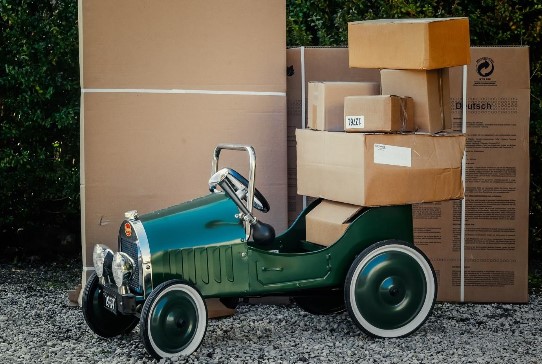
When you are planning to ship items overseas, whether you have an e-commerce business or you have to do it for an entirely different reason, there are some rules which you need to follow. Shipping items overseas is different from shipping locally or just within the UK, after all, as your packages may need to go through various modes of transportation, different time zones, and different customs and border control processes. Here, then, is everything you should know about shipping items overseas: requirements, how to pack, and more.
What you need
- Packaging materials
For shipping items overseas, you need the appropriate packing and shipping box or envelope. Depending on your item’s size, shape, and material, you can either go for a box or envelope, as long as it is of the right size. The size should be big enough to accommodate your item but not too big that the object can tumble around inside. It shouldn’t be too small, or the box or envelope may become ripped or torn. You also need fillers such as bubble wrap, packing chips, foam, or packing paper, which you should use to fill the space around the product, so it is better protected.
- Information for customs
If you are not sending your package through international couriers such as DHL or FedEx, which requires an invoice on an envelope placed outside the package, you should write down the box or envelope’s contents on a label which you can stick onto the surface of the container. Make sure the label is attached securely to the container so that it cannot be tampered with or removed during transport.
- Other materials
To avoid damage or tears, you should also make use of masking tape (make sure it is extra-durable) so that you can secure the edges and corners of the boxes or envelopes. Keep in mind that your package may undergo a lot of stress and impact while being transported, so it’s best to prioritise its protection. You can also make use of labels and label makers to make the address easy to read and use a good pen to fill in essential details. If you are an e-commerce company, you can add various stamps or stickers to customise your package for your customer and make it look unique and attractive.
Packing delicate or heavy items
If you are sending delicate or fragile items, it’s best to pack each item individually in bubble wrap. Fill in space with other packing materials such as paper, packing chips, or bubble wrap, and make use of stretch wrap to keep several items together as well.
For heavy items, fill the space in the box or container up to the top; this will restrict the movement of the object inside. Use sticky tape to prevent scrapes. If you have an extra large or bulky package, you can use a foam-lined box, which is often ideal for glassware or electronics. Invest in durable boxes such as sturdy and re-usable boxes from www.ukplc.co.uk and heavy-duty packaging materials so your items will arrive at their final destination wholly intact and without any damage.
Image attributed to Pixabay.com